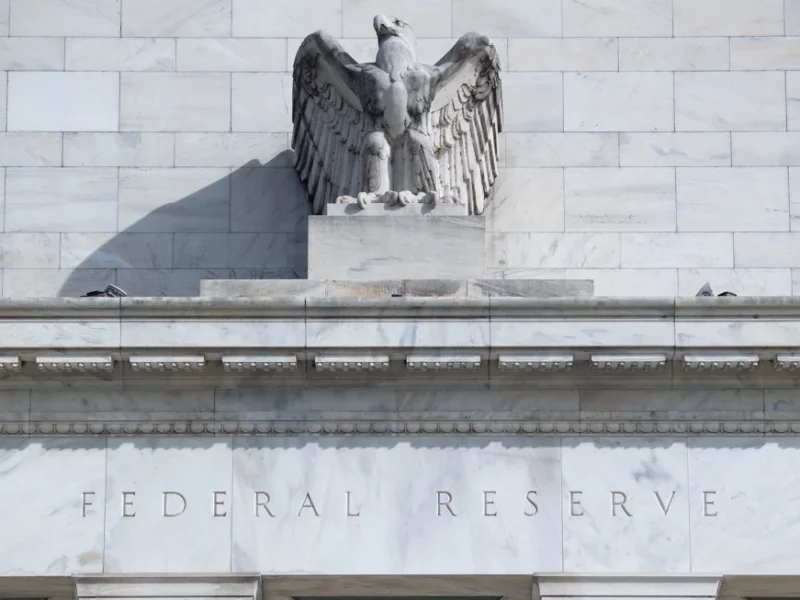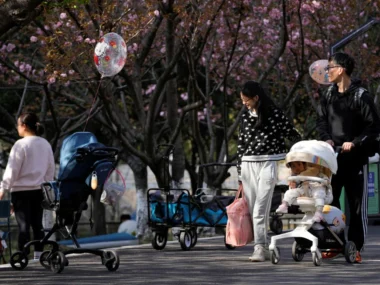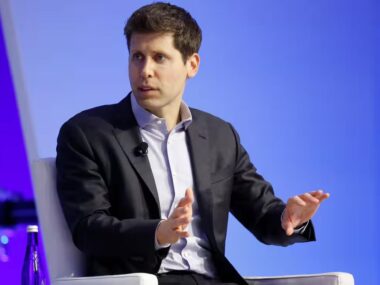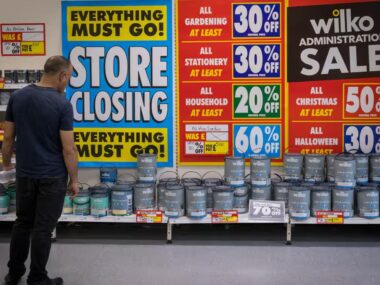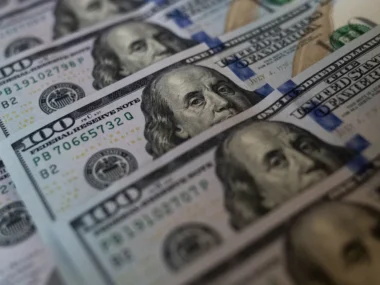In recent years, there was a prevailing expectation that the United States would likely experience a recession before the next presidential election. It’s important to note that this possibility still exists, as economic outcomes are never guaranteed. However, the likelihood of America’s economy entering a recession in the near future is currently very low.
Around this time last year, many prominent economists were indeed predicting a recession. As the year progressed, their predictions were adjusted to anticipate a milder recession. However, like the Federal Reserve, many of these experts eventually abandoned the recession scenario entirely.
This leads to the question of how the United States managed to avoid a recession. Over the past 20 months, the Federal Reserve implemented various measures to slow down the American economy in an attempt to address rising inflation. It did so while being fully aware of the potential consequences, including the risk of causing job losses for millions of Americans.
During this period, the Federal Reserve took significant actions to address rising inflation. It raised its key interest rate target a total of 11 times, and it did so at a historically rapid pace. This level of rate increases hadn’t been seen since the inflation crisis in the United States 40 years prior. In 1980, the Fed raised rates to such an extent that it triggered the deepest recession since the Great Depression.
Additionally, the Fed conducted massive bond and debt sell-offs, which included trillions of dollars in assets it had acquired over the years. This move reduced demand for Treasuries, leading to higher yields. As a result, interest rates on consumer loans, mortgages, credit cards, and other lending products tied to these yields experienced significant increases. This surge in rates had a detrimental impact on the American housing market, which is now on track for its worst performance since 1993.
Despite nearly two years of the Federal Reserve’s efforts to slow down the American economy, it appears to have achieved a remarkable feat: curbing inflation without pushing the country into a recession.
Admittedly, the current state of the U.S. economy is not favored by many, which has affected President Joe Biden’s approval ratings. However, the job market is thriving, consumer spending remains robust, and the situation could be far worse. In fact, the U.S. economy expanded at an impressive annualized rate of 5.2% in the last quarter, which is a remarkable accomplishment given the strain the Fed placed on it.
If the Federal Reserve succeeds in avoiding a recession, it would have achieved this remarkable goal through a combination of luck and innovative policies.
A substantial element of chance played a crucial role.
Federal Reserve Chair Jerome Powell has acknowledged that he did not anticipate the economy’s strong performance amidst the historic series of interest rate hikes.
The term “resilient” has been a prevalent description throughout the year. Powell and his colleagues have applied it to various aspects, including the banking system, consumers, and the labor market.
The remarkable resilience observed in everything and everyone may partly be attributed to fortunate circumstances. The job market has maintained its strength, partially due to ongoing changes resulting from the pandemic. The phenomenon known as the “Great Resignation,” which occurred during and after the Covid lockdowns, led to a situation where businesses were urgently seeking employees, while many individuals decided to leave their jobs. This prompted companies to increase wages in order to attract new workers, and large-scale layoffs have been infrequent over the past few years.
The robust job market in the United States provided the Federal Reserve with a justification to continue raising interest rates without causing harm to the economy.
Additional fortunate circumstances played a role as well. Since 2021, Americans have engaged in substantial spending, initially supported by federal stimulus checks during the early stages of the Biden administration. Later, “revenge travel” emerged as Covid restrictions eased, contributing to increased economic activity. Surprisingly, the Federal Reserve even cited Taylor Swift’s Eras Tour during the summer as an unexpected factor that bolstered the economy. While holiday shopping in recent times may have been somewhat subdued compared to previous years, it has still displayed considerable strength.
Interestingly, even negative events ended up benefiting the Federal Reserve’s efforts to avert a recession. The regional banking crisis in March had the somewhat paradoxical effect of causing some economic disruption, which allowed the Fed to slow down its historic rate hikes slightly. This provided relief to businesses and consumers by reducing the funds they would have otherwise allocated to their mortgages or credit card payments.
A commendable approach to policy.
The Federal Reserve deserves significant credit for its actions during this period.
Lael Brainard, former Fed vice chair and current director of President Biden’s National Economic Council, emphasized the importance of considering the alternative scenario. Many forecasters were predicting with high probability that major job losses and a recession would be necessary to curb inflation to its current level.
However, not everyone shared these recession predictions. Bruce Kasman, global head of economic research at JPMorgan Chase, was among the few who challenged these forecasts. He argued that there were positive factors, such as the unwinding of commodity price shocks and strong US fiscal policy, that suggested the economy was not as vulnerable as some believed.
Despite criticism from various quarters, the independent Federal Reserve remained steadfast in its commitment to combat runaway inflation, which it has largely achieved. While prices remain elevated compared to two years ago, the Fed managed to bring inflation down to an annual rate of 3.1%, down from its peak of 9.1% over a year ago. Although this is still above the target rate of 2%, the Fed anticipates a gradual return to that level by 2026.
Deviating from its course could have allowed inflation to continue surging, but raising rates excessively could have also harmed the economy. Achieving a “soft landing,” where rates are increased without causing a recession, has been a rare occurrence in the past six decades.
Despite the progress, there is recognition that there is more work to be done, particularly in addressing affordability challenges in certain areas.
Federal Reserve Chair Jerome Powell once mentioned that a “really good inflation report” would be a cause for celebration. However, if inflation reports continue to be favorable and a recession is avoided, it may pose unique challenges and uncertainties for the future.

